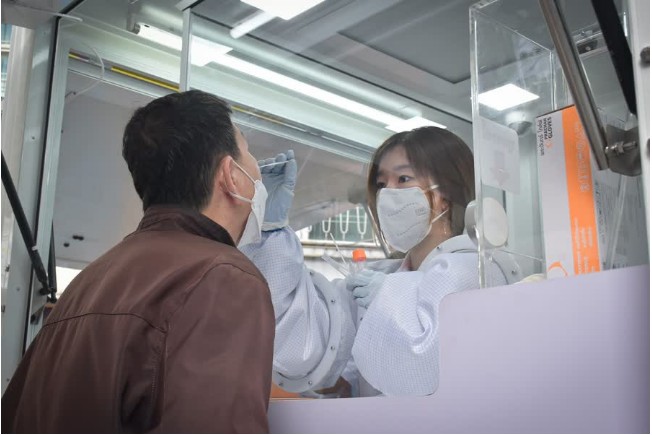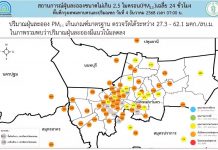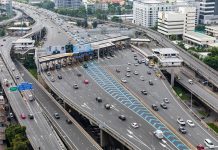
Health authorities in Bangkok continue to carry out on-site active COVID-19 testing at communities and workers’ camps, in order to identify potential new cases and break the transmission chain, as new cases in the capital remain the highest.
Monday was the final day of on-site active COVID-19 testing in communities surrounding Lak Si District Office in Bangkok, where targeted villagers are being swab-tested for COVID-19.
The Bangkok Metropolitan Administration and SEMed Living Care Hospital had arranged this on-site testing service in the neighborhood which started on 10th June, focusing primarily on at-risk people, the elderly, and children.
Residents in these communities have been cooperating well with this measure, intended to quickly identify people with coronavirus, enabling them to receive life-saving treatment in time, while preventing widespread transmission.
Lak Si district has been a concerning transmission hotspot in Bangkok. A COVID-19 cluster has been identified at a construction camp in the district, in which the first cases of COVID-19 of the Delta variant first identified in India has been found.
In Lat Krabang district, an active testing site has been set up at V Market by the Institute for Urban Disease Control and Prevention, and Lat Krabang district office.
Three royally bestowed specimen swabbing trucks have been deployed to this site, where 1,200 swabs will be made daily from Monday until 15th June.
Limited to Thai citizens only, the waiting line at this testing venue will begin at 7:30 a.m., with the first swab performed at 8:30 a.m., and continuing until 2 p.m. Results are expected to be delivered within 1-2 days.
Health officials said on Monday most people coming to the testing center are workers at a construction camp in Lat Krabang district. So far, around 20 positive cases have been found among all the swabs, a rate of 1-2%. (NNT)
 |
 |
 |





